Online Class: Accident Investigation Techniques

-
15Lessons
-
22Exams &
Assignments -
4Hours
average time -
0.4CEUs
Course Description
Step into a world where safety becomes not just a protocol but a way of life, where your ability to prevent known and unforeseen accidents shapes a harmonious work environment, fortifying industries and saving lives. Welcome to the Accident Investigation Techniques course--a groundbreaking journey designed to transform ordinary professionals into extraordinary safety connoisseurs, proficient in the art and science of accident inquiry.
Imagine stepping onto a bustling construction site or into the cockpit of a high-flying jet, instilled with the confidence that you possess the power to foresee and mitigate potential hazards before they materialize. This is the transformative learning experience we offer. But it's not just the technical skills you'll gain; it's the perceptive acumen to see beyond the surface, to unearth the unspoken and hidden narratives within every accident.
This course transcends the standard curriculum, diving deep into the intricate web of causation and prevention. You'll unravel layers of complexities--from understanding the subtleties of human error to mastering the legal frameworks governing global safety standards. With each lesson, you'll explore motifs like the Swiss Cheese Model, gaining insights that not only clarify incidents' core issues but inspire revolutionary safety strategies.
The course empowers you with the ability to turn debris into data, narrative into knowledge, through hands-on engagement with cutting-edge technologies. Picture yourself as a detective on the frontlines of safety, employing advanced tools like 3D modeling and GIS to reconstruct events with forensic precision. You'll harness digital prowess to recover vital data and evidence, innovating your investigation techniques while fortifying your credibility and accountability.
As part of a vibrant community with like-minded peers and expert mentors, you will cultivate a holistic understanding of how crucial psychological and systemic factors converge in accident causation. We'll guide you through mastering interviews as not just question-and-answer sessions but as dynamic explorations into understanding human behavior, and into crafting safety roadmaps that transcend ordinary protocols.
The ethos of this course centers on elevating organizational safety from reactive to proactive. Imagine transforming your workplace's safety culture--where every voice, from CEO to frontline worker, communicates unencumbered by fear, fostering an environment of shared responsibility and continuous improvement. As you learn to write persuasive, insightful reports that influence policies and shape safety frameworks, your words will transform into powerful tools of advocacy and change.
Embrace this opportunity to become a leader in safety, whether in aviation, maritime, finance, or construction--sectors where innovation is imperative. Imagine not just complying with safety standards but setting them; leading with the knowledge and skill that inspire others and challenge dated approaches to risk management.
Your journey through this course is not merely academic. It's an exhilarating experience that embeds safety deep into your professional DNA, sculpting you into a catalyst for resilience and innovation. Every module, every discussion, fosters an environment where personal growth and professional expertise meld; where learning is rich, reflective, and revolutionary.
Accident Investigation Techniques is more than a course; it's a gateway to a world where your insights forge safer futures and your expertise is vital in weaving robust safety nets. It's an adventure--vibrant, vital, and visionary.
So, are you ready to embark on a path where you don't just respond to accidents but use your knowledge to prevent them, future-proofing efficiencies and lifesaving decisions every step of the way? Your journey starts here, and the future of accident prevention eagerly awaits your expertise. Transform what you know about safety and become the change agent the world no longer just hopes for but desperately needs. Enroll now in Accident Investigation Techniques, where safety is not just a promise but a promise kept by empowered professionals like you.
- Business
- Business Ethics Courses
- Harassment Prevention Courses
- Human Resources Certifications
- Management
- Aromatherapy Courses
- Caregiver Courses
- Career Development Courses
- Communications Courses
- Confidence and Self Esteem Courses
- Healing
- Human Anatomy Courses
- Medical Skills
- Health & Medicine
- Nutrition
- Marketing
- Microsoft Office Certification Courses
- Life Coaching Courses
- Self-Improvement
- Small Business Certifications
- Safety
- Writing Improvement
- Business Writing Courses
Course Lessons
Lesson 1. Rethinking Risk: A Comprehensive Dive into Accident Causation and Prevention
 Review 2 Practice Worksheets
Review 2 Practice Worksheets Lesson discussions: Reasons for Taking this Course
Lesson discussions: Reasons for Taking this Course Assessment: Lesson 1 Review Exam
Assessment: Lesson 1 Review Exam
Lesson 2. Human Factors and Error Analysis in Accident Prevention
 Review Practice Worksheet: Lesson-2-WordSearch-13799.pdf
Review Practice Worksheet: Lesson-2-WordSearch-13799.pdf Assessment: Lesson 2 Review Exam
Assessment: Lesson 2 Review Exam
Lesson 3. Navigating Complex Jurisdictions: Mastering the Legal Framework of Accident Investigations
 Review Practice Worksheet: Lesson-3-Activity-13803.pdf
Review Practice Worksheet: Lesson-3-Activity-13803.pdf Complete: Lesson 3 Activity
Complete: Lesson 3 Activity Assessment: Lesson 3 Review Exam
Assessment: Lesson 3 Review Exam
Lesson 4. From Debris to Data: Mastering the Art of Understanding Accidents
 Review Practice Worksheet: Lesson-4-HomeWork-13805.pdf
Review Practice Worksheet: Lesson-4-HomeWork-13805.pdf Assessment: Lesson 4 Review Exam
Assessment: Lesson 4 Review Exam
Lesson 5. Mastering the Art of Interview Preparation in Accident Investigations
 Review Practice Worksheet: Lesson-5-Downloadable-13808.pdf
Review Practice Worksheet: Lesson-5-Downloadable-13808.pdf Complete: Lesson 5 Activity
Complete: Lesson 5 Activity Assessment: Lesson 5 Review Exam
Assessment: Lesson 5 Review Exam
Lesson 6. First Responders
 Review Practice Worksheet: Lesson-6-WorkSheet-13811.pdf
Review Practice Worksheet: Lesson-6-WorkSheet-13811.pdf Assessment: Lesson 6 Review Exam
Assessment: Lesson 6 Review Exam
Lesson 7. Tech-Driven Insights into Accident Analysis
 Review Practice Worksheet: Lesson-7-Downloadable-13814.pdf
Review Practice Worksheet: Lesson-7-Downloadable-13814.pdf Complete: Lesson 7 Activity
Complete: Lesson 7 Activity Assessment: Lesson 7 Review Exam
Assessment: Lesson 7 Review Exam
Lesson 8. Understanding Human Error in Accident Causation
 Review Practice Worksheet: Lesson-8-Downloadable-13819.pdf
Review Practice Worksheet: Lesson-8-Downloadable-13819.pdf Complete: Lesson 8 Activity
Complete: Lesson 8 Activity Assessment: Lesson 8 Review Exam
Assessment: Lesson 8 Review Exam
Lesson 9. Crash Course in Accident Analysis
 Review Practice Worksheet: Lesson-9-Downloadable-13821.pdf
Review Practice Worksheet: Lesson-9-Downloadable-13821.pdf Complete: Lesson 9 Activity
Complete: Lesson 9 Activity Assessment: Lesson 9 Review Exam
Assessment: Lesson 9 Review Exam
Lesson 10. SMS: Transforming Safety from Reactive to Proactive
 Review Practice Worksheet: Lesson-10-Activity-13825.pdf
Review Practice Worksheet: Lesson-10-Activity-13825.pdf Assessment: Lesson 10 Review Exam
Assessment: Lesson 10 Review Exam
Lesson 11. The Art and Science of Accident Investigation Report Writing
 Review Practice Worksheet: Lesson-11-Activity-13828.pdf
Review Practice Worksheet: Lesson-11-Activity-13828.pdf Assessment: Lesson 11 Review Exam
Assessment: Lesson 11 Review Exam
Lesson 12. Building Resilience Through Proactive Risk Management: Strategies for Workplace Safety and Innovation
 Review Practice Worksheet: Lesson-12-Activity-13831.pdf
Review Practice Worksheet: Lesson-12-Activity-13831.pdf Complete: Lesson 12 Activity
Complete: Lesson 12 Activity Assessment: Lesson 12 Review Exam
Assessment: Lesson 12 Review Exam
Lesson 13. Cognitive Biases: The Unseen Culprits in Failure Analysis
 Review Practice Worksheet: Lesson-13-Activity-13835.pdf
Review Practice Worksheet: Lesson-13-Activity-13835.pdf Complete: Lesson 13 Activity
Complete: Lesson 13 Activity Assessment: Lesson 13 Review Exam
Assessment: Lesson 13 Review Exam
Lesson 14. Safety Culture Matters
 Review Practice Worksheet: Lesson-14-Activity-13838.pdf
Review Practice Worksheet: Lesson-14-Activity-13838.pdf Assessment: Lesson 14 Review Exam
Assessment: Lesson 14 Review Exam
Lesson 15. Dynamic Approaches in Safety Management and Risk Assessment
 Review Practice Worksheet: Lesson-15-WordSearch-13841.pdf
Review Practice Worksheet: Lesson-15-WordSearch-13841.pdf Lesson discussions: End of Course Poll; Course Comments
Lesson discussions: End of Course Poll; Course Comments Assessment: Lesson 15 Review Exam
Assessment: Lesson 15 Review Exam
Learning Outcomes
- Analyze historical developments in accident investigation techniques, and evaluate their impact on modern safety protocols.
- Define and differentiate between root causes and surface causes of an accident, and identify examples in a given scenario.
- Analyze the Swiss Cheese Model to identify systemic weaknesses and propose improvements in an organization’s safety protocols to prevent accident alignment.
- Demonstrate the application of Heinrich's Domino Theory by explaining how addressing management practices can prevent unsafe acts and reduce accident occurrences.
- Define the distinct roles of federal and international agencies in accident investigations, ensuring understanding of regulatory frameworks and jurisdictional responsibilities.
- Identify and contrast the legal and ethical considerations surrounding data privacy and accountability within accident investigation processes, emphasizing GDPR and confidentiality obligations.
- Define the various types of evidence and the methods used to preserve their integrity during an accident investigation.
- Demonstrate the ability to utilize technological tools like drones and augmented reality to enhance investigative accuracy and prevent future incidents.
- Demonstrate the ability to formulate and utilize open-ended questions during accident investigation interviews to facilitate detailed and accurate information gathering from witnesses.
- Identify the key elements necessary for effective interview preparation in accident investigations, including document analysis and strategic planning of questions and logistics.
- Define the role of drones and 3D modeling software in enhancing the accuracy and comprehensiveness of accident scene investigations.
- Demonstrate the ability to secure and analyze vehicle telematics data, integrating it with physical evidence to construct a cohesive narrative of an accident.
- Define the role of AI and machine learning in enhancing data analysis and decision-making processes in accident investigations.
- Demonstrate mastery of lesson content at levels of 70% or higher.
Additional Course Information

- Document Your Lifelong Learning Achievements
- Earn an Official Certificate Documenting Course Hours and CEUs
- Verify Your Certificate with a Unique Serial Number Online
- View and Share Your Certificate Online or Download/Print as PDF
- Display Your Certificate on Your Resume and Promote Your Achievements Using Social Media
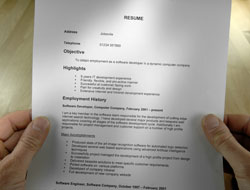
Related Courses
-
 3 hours
0.3 CEUs
Budgeting and Financial Planning
+ More Info
3 hours
0.3 CEUs
Budgeting and Financial Planning
+ More Info
-
 4 hours
0.4 CEUs
The Love Language Challenge: Transform Your Relationship
+ More Info
4 hours
0.4 CEUs
The Love Language Challenge: Transform Your Relationship
+ More Info
-
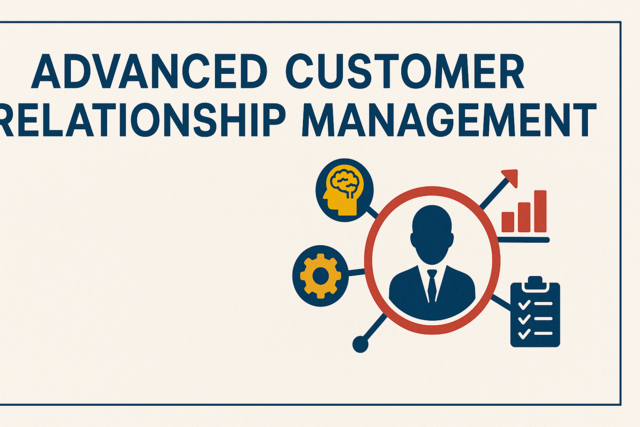 5 hours
0.5 CEUs
Advanced Customer Relationship Management
+ More Info
5 hours
0.5 CEUs
Advanced Customer Relationship Management
+ More Info
-
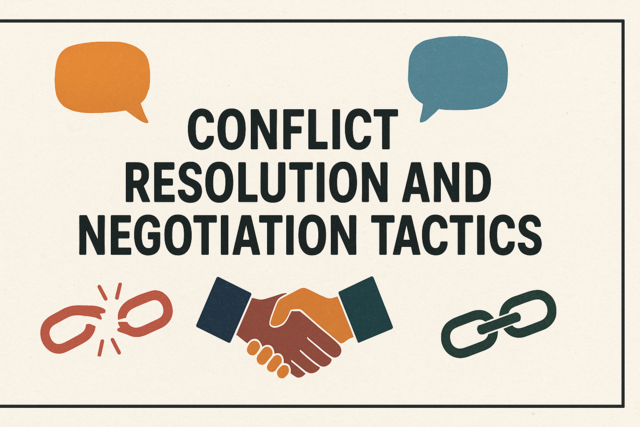 7 hours
0.7 CEUs
Conflict Resolution and Negotiation Tactics
+ More Info
7 hours
0.7 CEUs
Conflict Resolution and Negotiation Tactics
+ More Info
-
 6 hours
0.6 CEUs
Conscious Coupledom: Building Mindful Partnerships
+ More Info
6 hours
0.6 CEUs
Conscious Coupledom: Building Mindful Partnerships
+ More Info
-
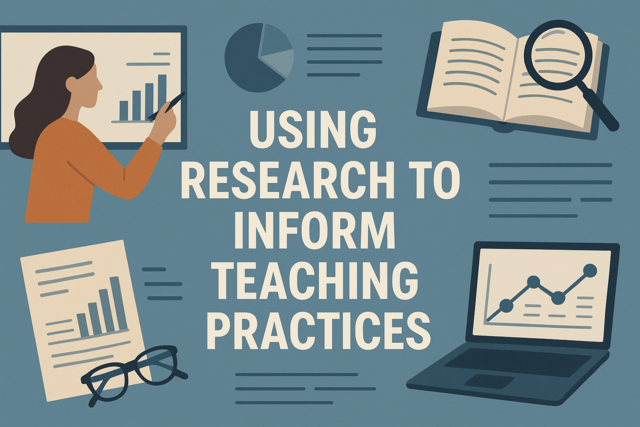 5 hours
0.5 CEUs
Using Research to Inform Teaching Practices
+ More Info
5 hours
0.5 CEUs
Using Research to Inform Teaching Practices
+ More Info
-
 6 hours
0.6 CEUs
Classroom Management for New Teachers
+ More Info
6 hours
0.6 CEUs
Classroom Management for New Teachers
+ More Info
-
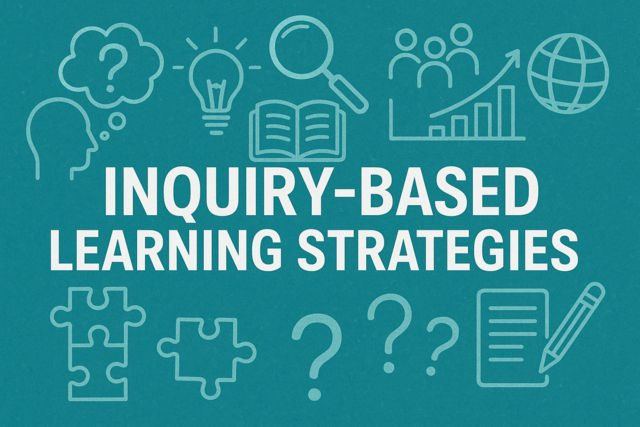 5 hours
0.5 CEUs
Inquiry-Based Learning Strategies
+ More Info
5 hours
0.5 CEUs
Inquiry-Based Learning Strategies
+ More Info
-
 6 hours
0.6 CEUs
Timeless Aesthetics: Navigating Luxury Brand Evolution
+ More Info
6 hours
0.6 CEUs
Timeless Aesthetics: Navigating Luxury Brand Evolution
+ More Info
-
 7 hours
0.7 CEUs
Self-Care and Wellness Practices
+ More Info
7 hours
0.7 CEUs
Self-Care and Wellness Practices
+ More Info
-
 7 hours
0.7 CEUs
Advanced PowerPoint Presentation Skills
+ More Info
7 hours
0.7 CEUs
Advanced PowerPoint Presentation Skills
+ More Info
-
 5 hours
0.5 CEUs
Inclusive Sports and Physical Education for Special Needs
+ More Info
5 hours
0.5 CEUs
Inclusive Sports and Physical Education for Special Needs
+ More Info
-
 5 hours
0.5 CEUs
Utilizing Data to Drive Instruction
+ More Info
5 hours
0.5 CEUs
Utilizing Data to Drive Instruction
+ More Info
-
 4 hours
0.4 CEUs
Developing Self-Advocacy Skills in Students with Disabilities
+ More Info
4 hours
0.4 CEUs
Developing Self-Advocacy Skills in Students with Disabilities
+ More Info
-
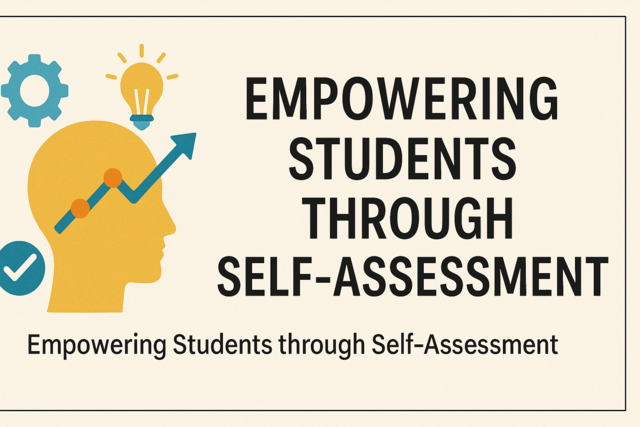 3 hours
0.3 CEUs
Empowering Students through Self-Assessment
+ More Info
3 hours
0.3 CEUs
Empowering Students through Self-Assessment
+ More Info
-
 6 hours
0.6 CEUs
Beyond the Runway: Influencing Trends in Modern Luxury
+ More Info
6 hours
0.6 CEUs
Beyond the Runway: Influencing Trends in Modern Luxury
+ More Info
-
 5 hours
0.5 CEUs
Understanding Social Media for Business
+ More Info
5 hours
0.5 CEUs
Understanding Social Media for Business
+ More Info
-
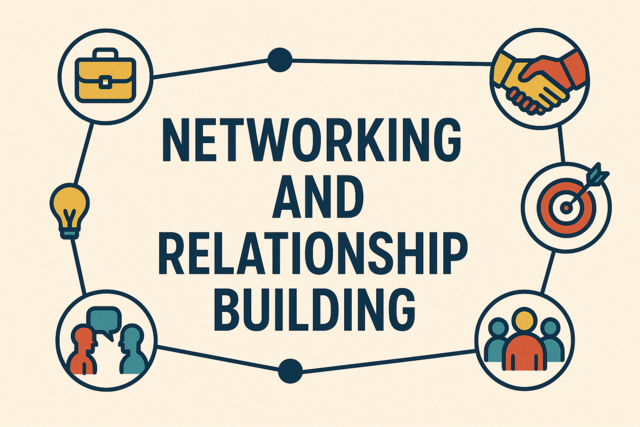 7 hours
0.7 CEUs
Networking and Relationship Building
+ More Info
7 hours
0.7 CEUs
Networking and Relationship Building
+ More Info
-
 7 hours
0.7 CEUs
Understanding Learning Disabilities: Strategies for Effective Teaching
+ More Info
7 hours
0.7 CEUs
Understanding Learning Disabilities: Strategies for Effective Teaching
+ More Info
-
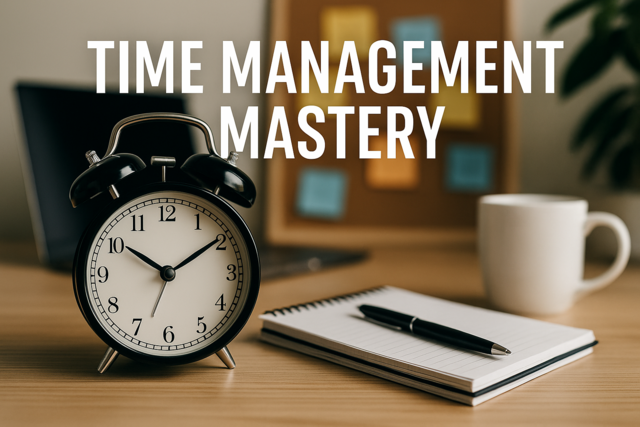 4 hours
0.4 CEUs
Time Management Mastery
+ More Info
4 hours
0.4 CEUs
Time Management Mastery
+ More Info
-
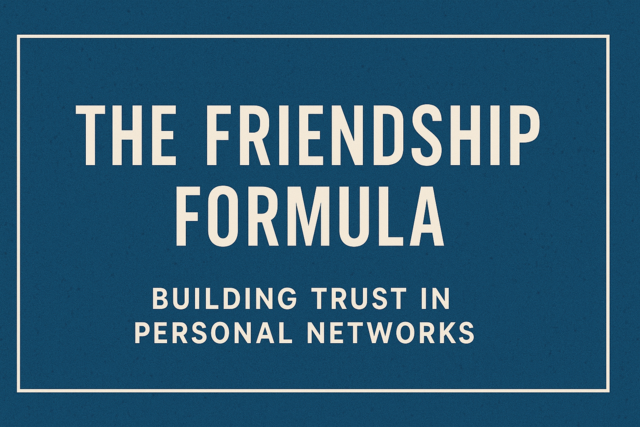 6 hours
0.6 CEUs
The Friendship Formula: Building Trust in Personal Networks
+ More Info
6 hours
0.6 CEUs
The Friendship Formula: Building Trust in Personal Networks
+ More Info
-
 5 hours
0.5 CEUs
Dress Like a Mogul: Navigating High-End Fashion for Men
+ More Info
5 hours
0.5 CEUs
Dress Like a Mogul: Navigating High-End Fashion for Men
+ More Info
-
 6 hours
0.6 CEUs
Conflict Resolution and Negotiation
+ More Info
6 hours
0.6 CEUs
Conflict Resolution and Negotiation
+ More Info
-
 7 hours
0.7 CEUs
Speech and Language Interventions for Special Needs Students
+ More Info
7 hours
0.7 CEUs
Speech and Language Interventions for Special Needs Students
+ More Info
-
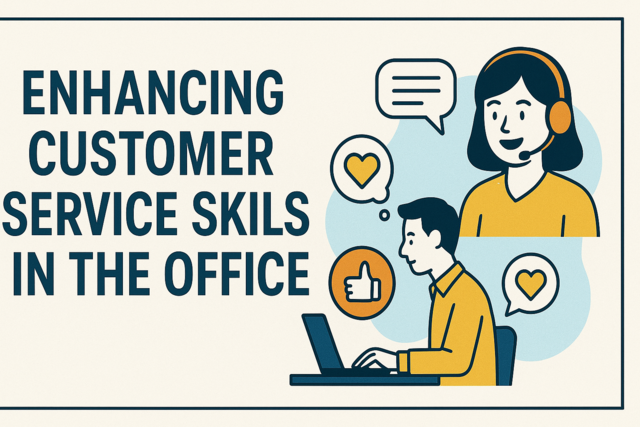 6 hours
0.6 CEUs
Enhancing Customer Service Skills in the Office
+ More Info
6 hours
0.6 CEUs
Enhancing Customer Service Skills in the Office
+ More Info
-
 4 hours
0.4 CEUs
Utilizing Open Educational Resources
+ More Info
4 hours
0.4 CEUs
Utilizing Open Educational Resources
+ More Info
-
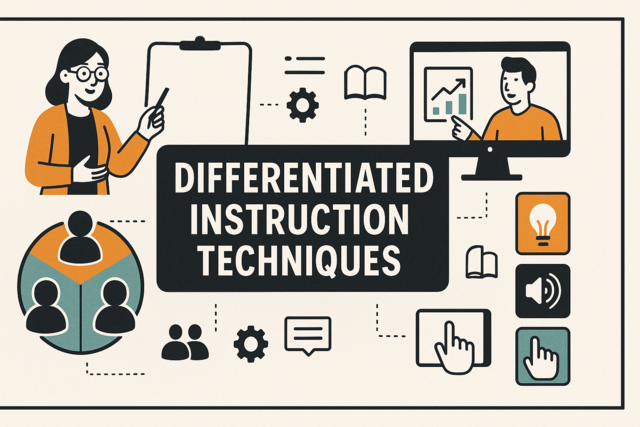 6 hours
0.6 CEUs
Differentiated Instruction Techniques
+ More Info
6 hours
0.6 CEUs
Differentiated Instruction Techniques
+ More Info
-
 4 hours
0.4 CEUs
Familial Fortitude: Strengthening Bonds from Within
+ More Info
4 hours
0.4 CEUs
Familial Fortitude: Strengthening Bonds from Within
+ More Info
-
 6 hours
0.6 CEUs
Numerology and Life Path Analysis
+ More Info
6 hours
0.6 CEUs
Numerology and Life Path Analysis
+ More Info
-
 6 hours
0.6 CEUs
Sibling Rivalry and Narcissism: Struggles in Dysfunctional Families
+ More Info
6 hours
0.6 CEUs
Sibling Rivalry and Narcissism: Struggles in Dysfunctional Families
+ More Info
-
 3 hours
0.3 CEUs
Agile and Scrum Fundamentals
+ More Info
3 hours
0.3 CEUs
Agile and Scrum Fundamentals
+ More Info
-
 4 hours
0.4 CEUs
Supporting Students with ADHD: Engagement and Focus Strategies
+ More Info
4 hours
0.4 CEUs
Supporting Students with ADHD: Engagement and Focus Strategies
+ More Info
-
 7 hours
0.7 CEUs
Civic Education and Engagement
+ More Info
7 hours
0.7 CEUs
Civic Education and Engagement
+ More Info
-
 3 hours
0.3 CEUs
Innovative Solutions for Business Growth
+ More Info
3 hours
0.3 CEUs
Innovative Solutions for Business Growth
+ More Info
-
 7 hours
0.7 CEUs
Building a Healthy Work Environment
+ More Info
7 hours
0.7 CEUs
Building a Healthy Work Environment
+ More Info
-
 4 hours
0.4 CEUs
The Role of Feedback in Student Learning
+ More Info
4 hours
0.4 CEUs
The Role of Feedback in Student Learning
+ More Info
-
 7 hours
0.7 CEUs
Exploring Chakra Alignments
+ More Info
7 hours
0.7 CEUs
Exploring Chakra Alignments
+ More Info
-
 7 hours
0.7 CEUs
Healthy Lifestyle and Fitness Habits
+ More Info
7 hours
0.7 CEUs
Healthy Lifestyle and Fitness Habits
+ More Info
-
 3 hours
0.3 CEUs
Improving Teacher Retention and Sustainability
+ More Info
3 hours
0.3 CEUs
Improving Teacher Retention and Sustainability
+ More Info
-
 7 hours
0.7 CEUs
Research Frontiers: Contemporary Studies in Trauma and Recovery
+ More Info
7 hours
0.7 CEUs
Research Frontiers: Contemporary Studies in Trauma and Recovery
+ More Info




